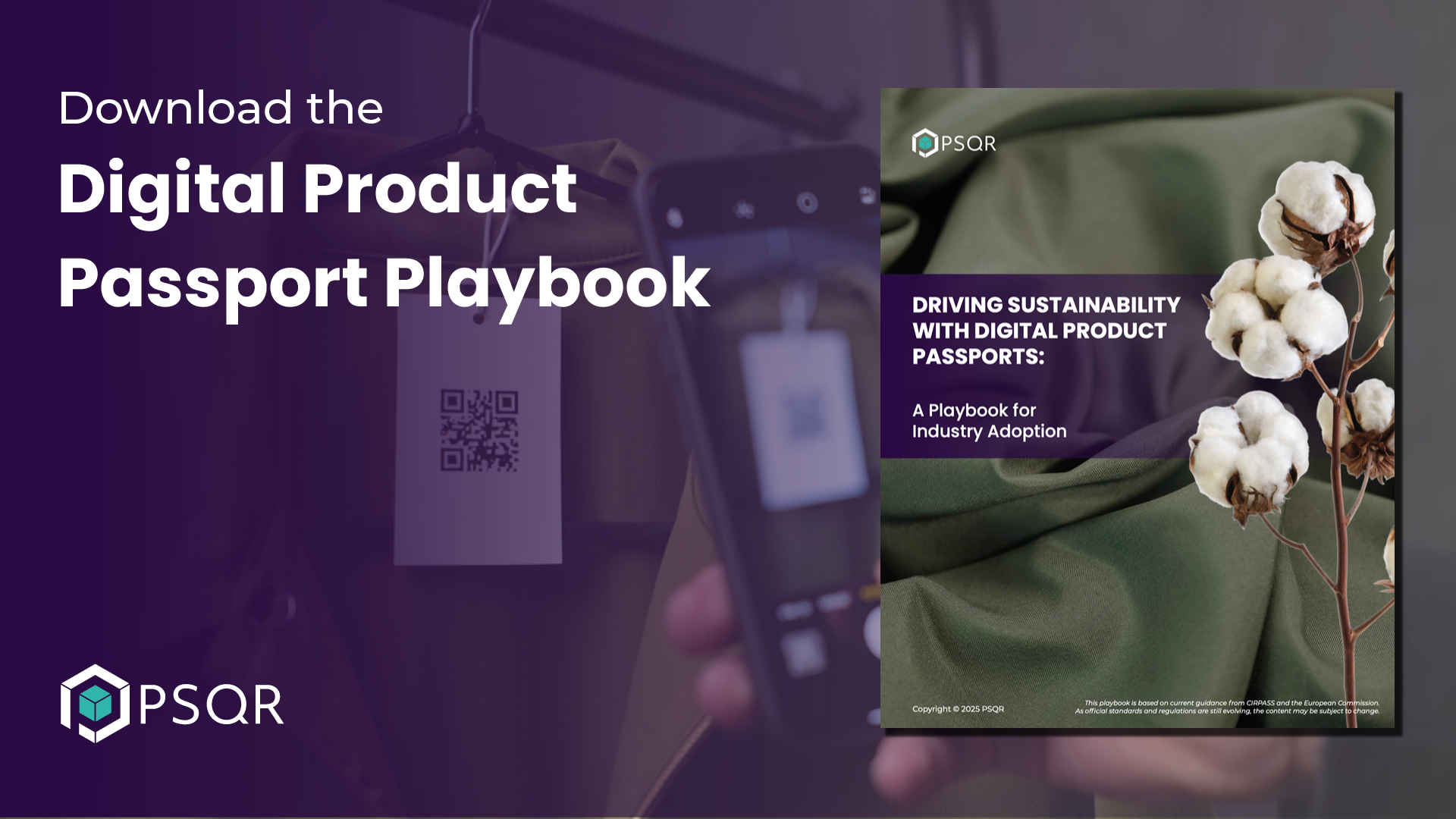What is the Tobacco Products Directive (TPD)?
The Tobacco Products Directive (TPD) is a comprehensive set of regulations implemented by the European Union to govern the manufacturing, marketing, and sale of tobacco and related products.
The TPD (2014/40/EU) entered into force on May 19, 2014, and became applicable in EU countries on May 20, 2016.
The primary objective of the tobacco directive is to safeguard public health by reducing the appeal of these products, especially to young people, and ensuring a high level of consumer protection.
The tobacco directive addresses various aspects of the tobacco industry, including product ingredients, packaging, labelling, and advertising.
By imposing strict guidelines on tobacco manufacturers and sellers, the TPD aims to create a more transparent and controlled environment, minimizing the adverse health effects associated with tobacco use while promoting informed choices among consumers.
The TPD has undergone multiple phases, each introducing new measures and updates to keep pace with emerging challenges and advancements in the tobacco industry.
What is the TPD Phase 2?
When the Tobacco Products Directive (TPD) was officially implemented, it impacted all entities involved in the tobacco supply chain.
Hence, the second phase of compliance will also be mandatory for all economic operators in the tobacco supply chain.
There is a range of other tobacco products whose compliance with the Tobacco Products Directive will take effect from May 20, 2024. The second phase of the TPD is extending its scope to include tobacco products like cigars, cigarillos, and smokeless tobacco products.
Prior to this date, manufacturers and importers of these tobacco products had to inform the European Commission of their certified vendor’s name by December 31, 2022.
What role do the importers play in compliance with the TPD?
Importers of tobacco products play a pivotal role in ensuring the implementation of the Tobacco Product Directive for the goods they bring into the market.
While many implemented these measures for cigarettes in 2019, the diverse sizes and quantities of Other Tobacco Products (OTP) may necessitate adjustments to their IT systems and operational procedures.
Before the arrival of goods in Europe, importers must secure serial numbers from the European countries of destination. These serial numbers are then distributed to the relevant manufacturers for application.
Once the manufacturers provide feedback on the application of serial numbers, including the aggregation into bundles, cases, etc., the importer will report this information to their primary authority under the Tobacco Products Directive (TPD).
How does it affect the manufacturers?
Producers of Other Tobacco Products (OTP) located outside the EU are not subject to direct consequences stemming from the incorporation of their products into the EU TPD. Instead, it is their importers who bear the impact.
Given the importer’s responsibility for adhering to EU laws and regulations, it is highly probable that the obligation for serialization and aggregation will be transferred to the manufacturers.
This approach is logical as implementing serialization during production and aggregation during packaging proves more efficient than the alternative of relabeling and repacking at the border.
As a manufacturer, it is advisable to collaborate with the EU importer to establish a mutually agreed-upon plan for managing serialization and aggregation. This collaboration ensures that your products maintain their eligibility for sale within the EU market.

Image from Pexels
What are the steps to ensure compliance with the TPD?
Leading tobacco companies often maintain a competitive edge through specialized project teams equipped to analyze solutions, vendors, and alternatives.
These teams evaluate the most efficient methods for implementing global serialization and aggregation initiatives, considering operational variations in different countries.
Conversely, the tobacco industry comprises numerous small to medium-sized enterprises (SMEs) that supply their products to EU importers.
These enterprises may face challenges in achieving compliance with the EU Tobacco Products Directive (TPD) due to limited resources, funds, and capabilities. Failure to comply could make their products ineligible for sale in the EU.
Considering the intricate layers that have to be considered, a crucial aspect is ensuring seamless connectivity to the hardware and maintaining the full capability to manage serialized data. This encompasses acquisition, affixation, provisioning, exchanging, receiving, sending, and storing.
However, achieving this integration shouldn’t compromise the overall efficiency of the equipment. The reduction in the throughput of the packaging line can have an impact on productivity and output capacity. Therefore, optimizing integration among various components on the line becomes paramount.
What is the role of traceability in the Tobacco Products Directive?
The primary objectives of the traceability system in the Tobacco Products Directive are as follows:
- Contribute to diminishing the circulation of non-compliant tobacco products.
- Decrease the availability of artificially cheap supplies of illegal tobacco products.
- Safeguard public health, State budgets, and the integrity of legal economic operators.
Under the traceability system, every unit packet of tobacco products must bear a unique identifier. Economic operators participating in the tobacco trade will have to document the movements of these packets throughout the supply chain and convey the relevant information to an independent provider (with data storage contracts subject to approval by the Commission).
Subsequently, this data becomes accessible to the authorities of EU countries and the Commission for enforcement purposes. This comprehensive system facilitates tracking and tracing the movement of legal tobacco products, aiding public authorities in identifying instances where products have entered the illicit market.
All other tobacco products’ implementation and compliance deadline is May 20, 2024. This phased implementation allows manufacturers of other tobacco products, often small and medium enterprises (SMEs), a more extended period to adapt and gain experience before the systems become applicable to them.
PSQR has extensive experience in the tobacco industry, with its solution tracking over half of tobacco production in the European Union. If you’d like to learn more about how our solution can help you comply with the TPD regulation, please read more here, or contact us for more information.





